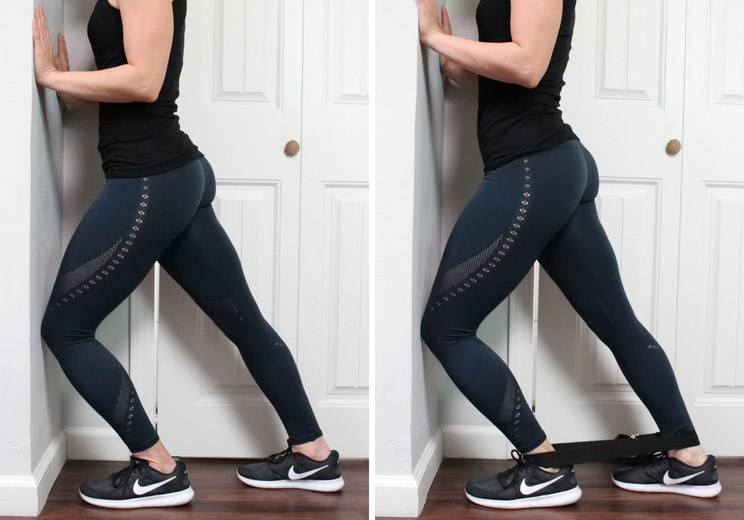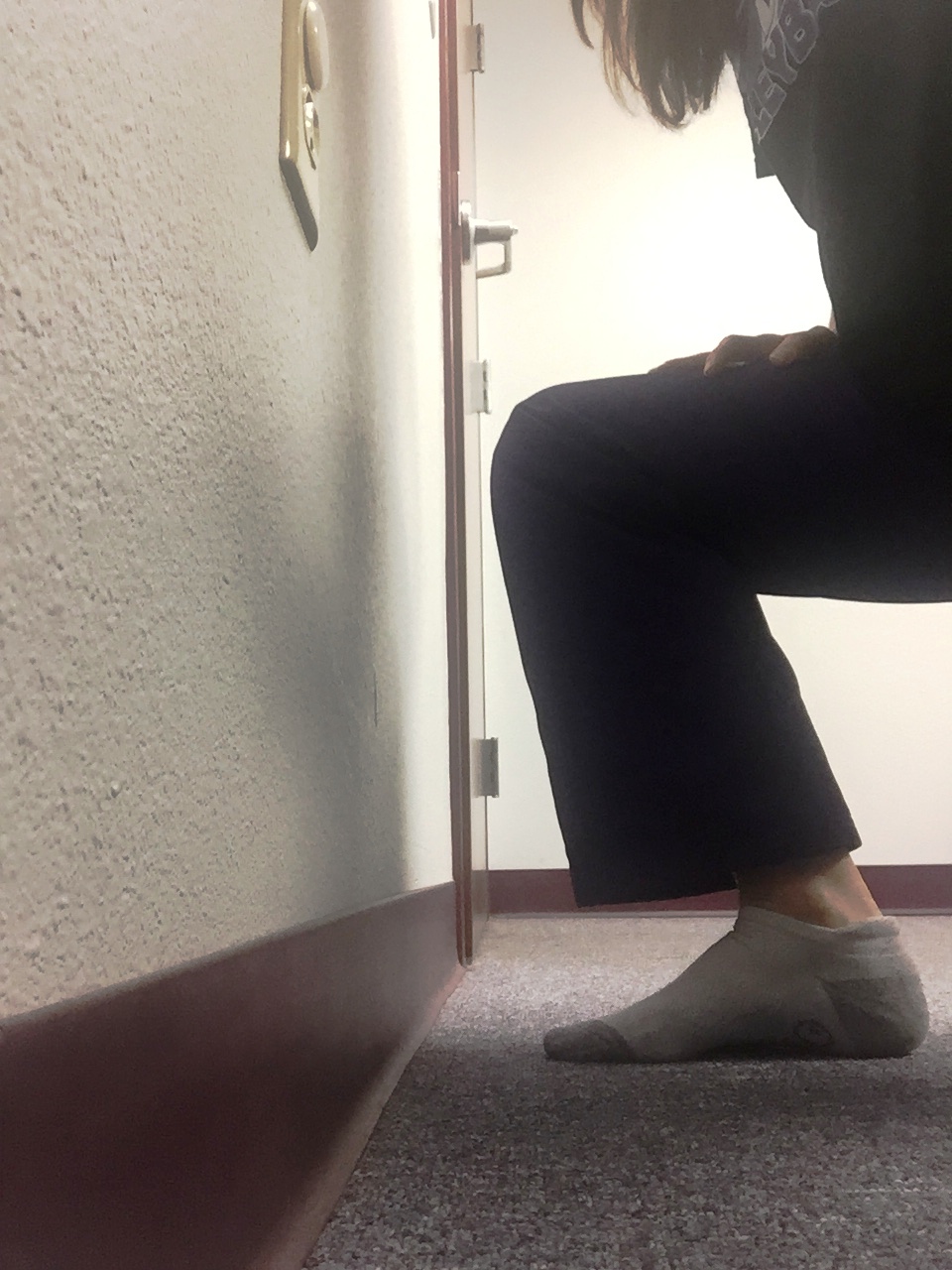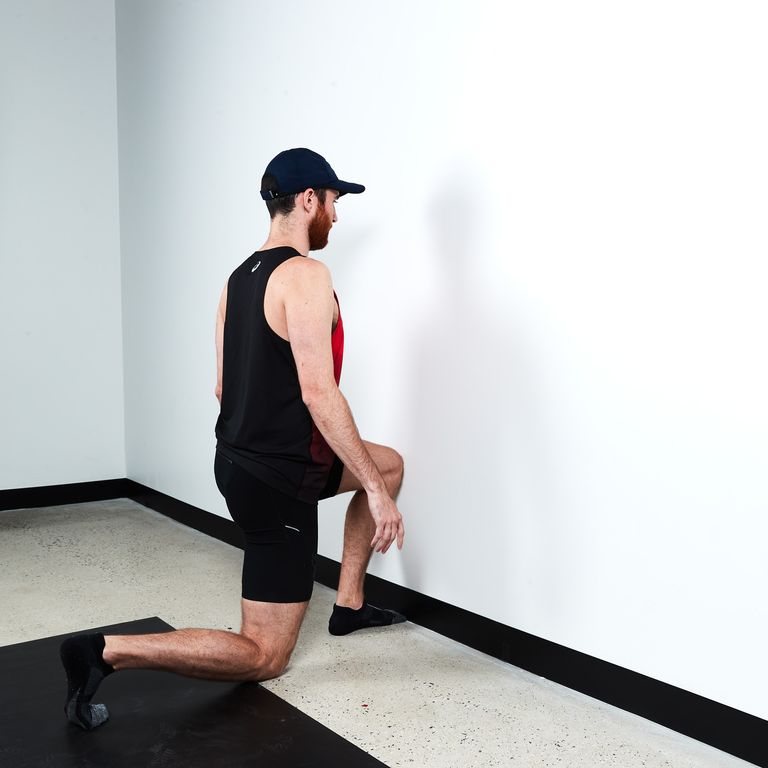



Want to assess your ankle mobility? Stand with feet slightly wider than shoulder width and, maintaining a neutral spine, squat down. Immobile ankles not only inhibit fitness, but may also cause pain in the heels, Achilles tendons, calves, shins, knees, hips, and lower back, inhibiting proper gait.

Your legs may have the strength to squat 200 pounds, but without adequate dorsiflexion, you may find it impossible to squat to parallel without your heels coming off the floor and knees lurching dangerously forward. When the ankle joint can flex and extend optimally, he notes, it allows you to tap into the strength of your legs, hips, and glutes.Ĭonversely, when your ankles are tight, it’s as though your strength is locked up. Instead, wear minimalist shoes as much as possible.The role mobile ankles play in many fitness pursuits is underappreciated, says Kelly Starrett, DPT, author of Ready to Run, who runs the popular website.
Ankle mobility free#
feel free to stay a couple minutes after finishing a workout at the gym and get in your mobility homework. Most or all of this mobility work can be done at home, but if you need to use a band, barbell, foam roller, etc. If you fail your ankle mobility test, use the ankle mobility program listed below which includes 10-15 minutes of mobility homework that is to be done every day. Visit with your coach before a workout that includes these type of movements so that they can make a movement substitution for you. If during your ankle mobility assessment, you are restricted, but experience NO pain, you should proceed with caution on overhead squats, olympic lifts, wall balls and pistols. Upper body pressing and pulling patterns, hinge patterns and core work are typically pain free.


 0 kommentar(er)
0 kommentar(er)
